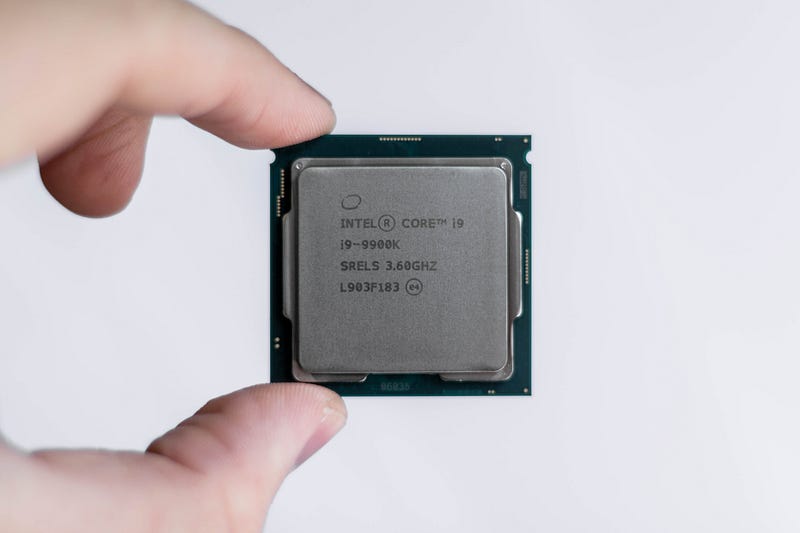Understanding the Core Functions of a CPU
Written on
Chapter 1: Introduction to the CPU
The Central Processing Unit (CPU) serves as the primary processor within a computer system. It plays a critical role in executing commands, managing data, and conducting calculations. This article aims to explore the intricate details of a CPU, its various components, and the functions it performs, such as its architecture, registers, instruction set, pipelining, cache memory, and clock speed.

The Architecture of a CPU
The architecture of a CPU can be segmented into three key components: the control unit, the arithmetic logic unit (ALU), and the memory unit. The control unit orchestrates the flow of data between the other two components. It retrieves instructions from memory, decodes them, and instructs the ALU to carry out the necessary operations. The ALU is responsible for executing arithmetic calculations and logical tasks, while the memory unit holds both data and instructions.
Registers
Registers are small storage locations within a CPU that retain temporary data. The CPU contains various types of registers, each serving distinct purposes. For example, the program counter register holds the address of the next instruction to execute, and the instruction register contains the current instruction being processed. Other registers, such as the accumulator, index register, and stack pointer, assist in computations and store temporary results.
Instruction Set
The instruction set of a CPU encompasses the array of operations it can perform. Each instruction is represented by a binary code that directs the CPU on the specific operation to execute. Instruction sets can be categorized into three primary types: data transfer instructions, arithmetic instructions, and control instructions. Data transfer instructions facilitate the movement of data between registers or between memory and registers. Arithmetic instructions are utilized for mathematical operations, including addition, subtraction, and multiplication. Control instructions modify the flow of program execution, enabling branching to different instructions.

Pipelining
Pipelining is a performance-boosting technique employed by CPUs. This method divides the instruction execution process into multiple stages, each designated for a specific function. Instructions are executed in parallel, allowing each instruction to transition to the next stage immediately after the preceding one completes its phase. This approach enhances instruction execution speed and overall performance.
Cache Memory
Cache memory is a limited storage area within the CPU that retains frequently accessed data. It operates faster than main memory, enabling quicker access for the CPU. When the CPU requires data, it first checks the cache; if the data is located there, it is retrieved quickly; if not, the CPU must fetch it from the main memory. Cache memory is structured in several levels, with each subsequent level larger and slower than the one before.
Clock Speed
The clock speed of a CPU indicates the frequency of clock cycles per second, with each cycle corresponding to an instruction being executed. Measured in hertz (Hz), clock speeds typically range from several gigahertz (GHz). A higher clock speed generally signifies a faster CPU, although it also leads to increased power consumption and heat production.
Summary
To conclude, the CPU is a sophisticated piece of technology responsible for a diverse array of tasks, from mathematical computations to managing program execution flow. A thorough understanding of CPU operations is essential for those in the computer science domain. Factors influencing CPU performance include clock speed, cache memory, and pipelining techniques. A CPU that combines a high clock speed with effective cache memory and pipelining can significantly enhance a computer system's performance.
Don’t forget to clap, comment, and follow me for more programming and technology-related content, and subscribe to receive emails whenever I post new content here! If you particularly like my content and would like to tip to support me, feel free to follow the link below!